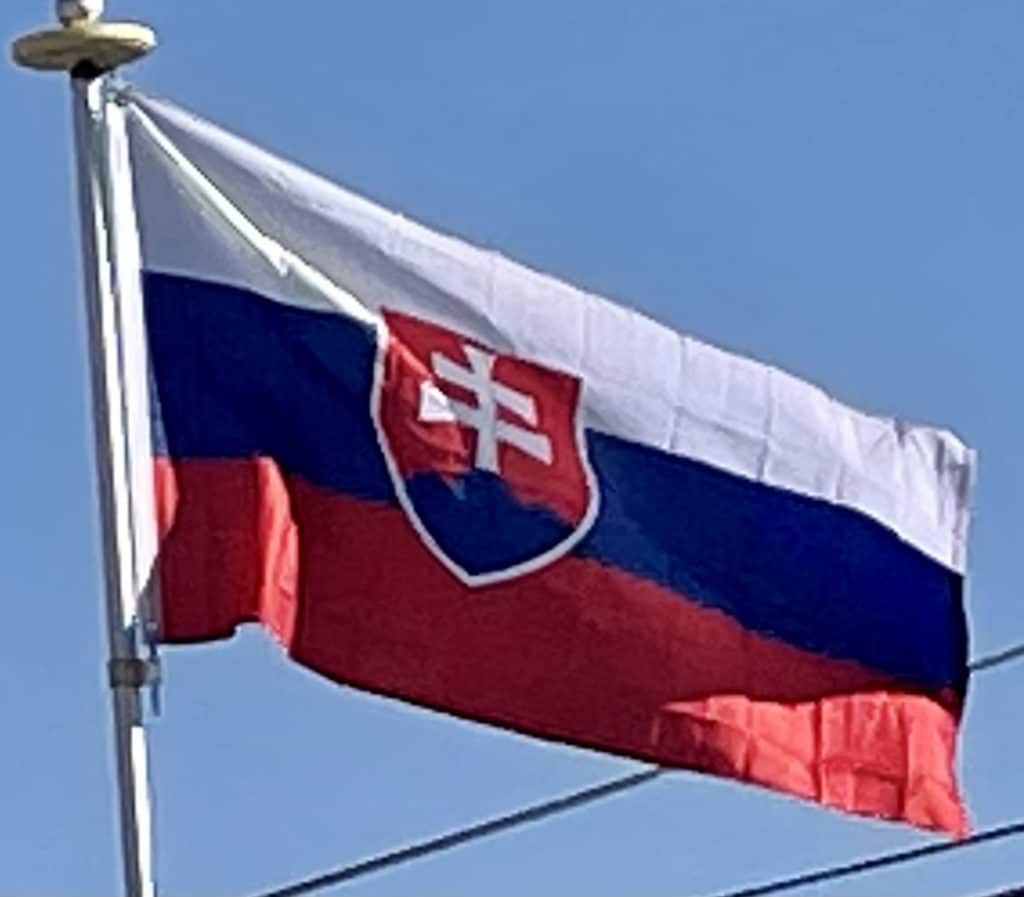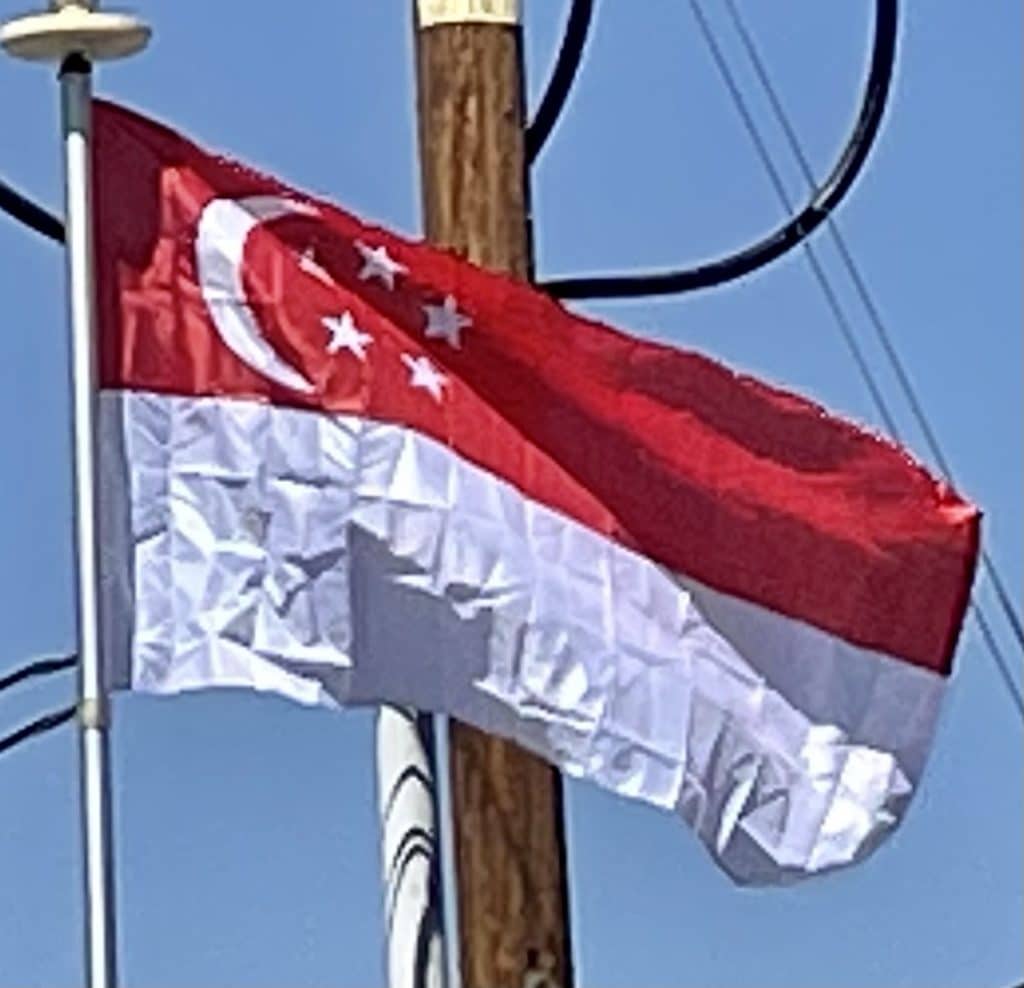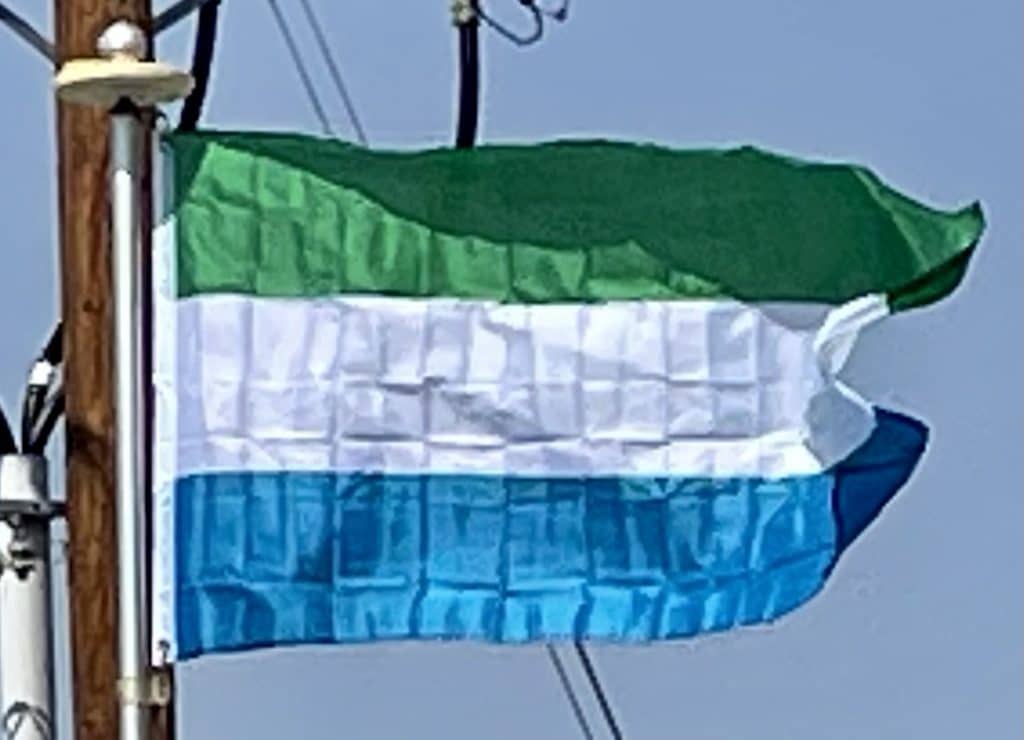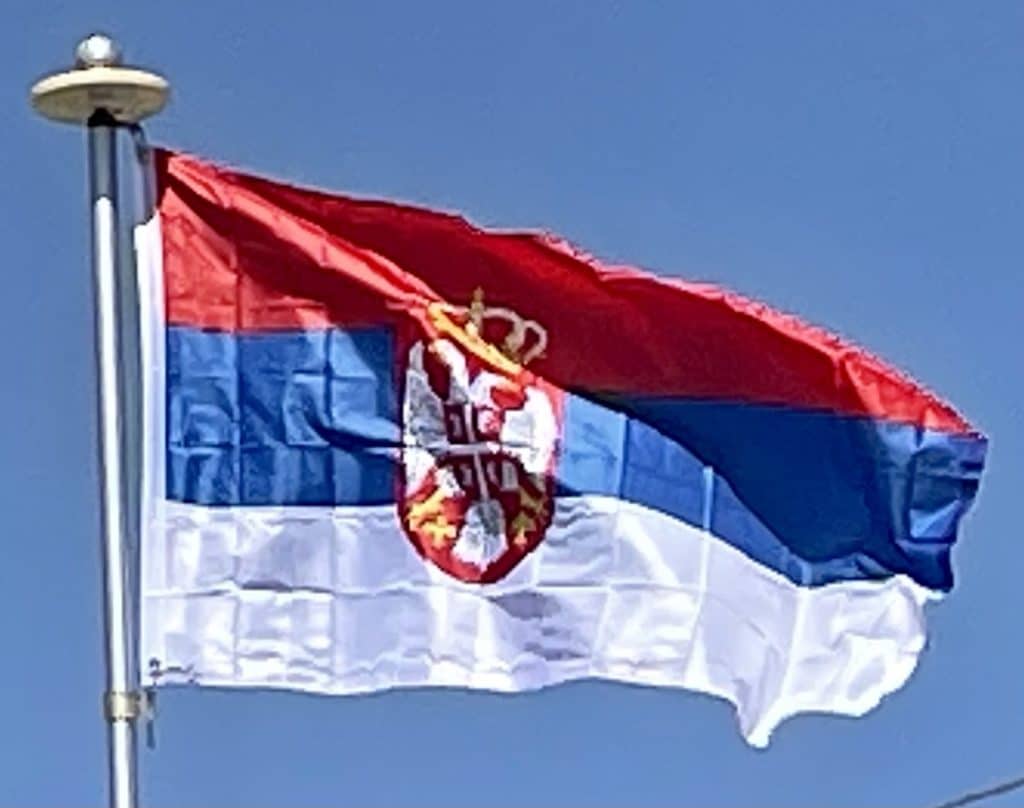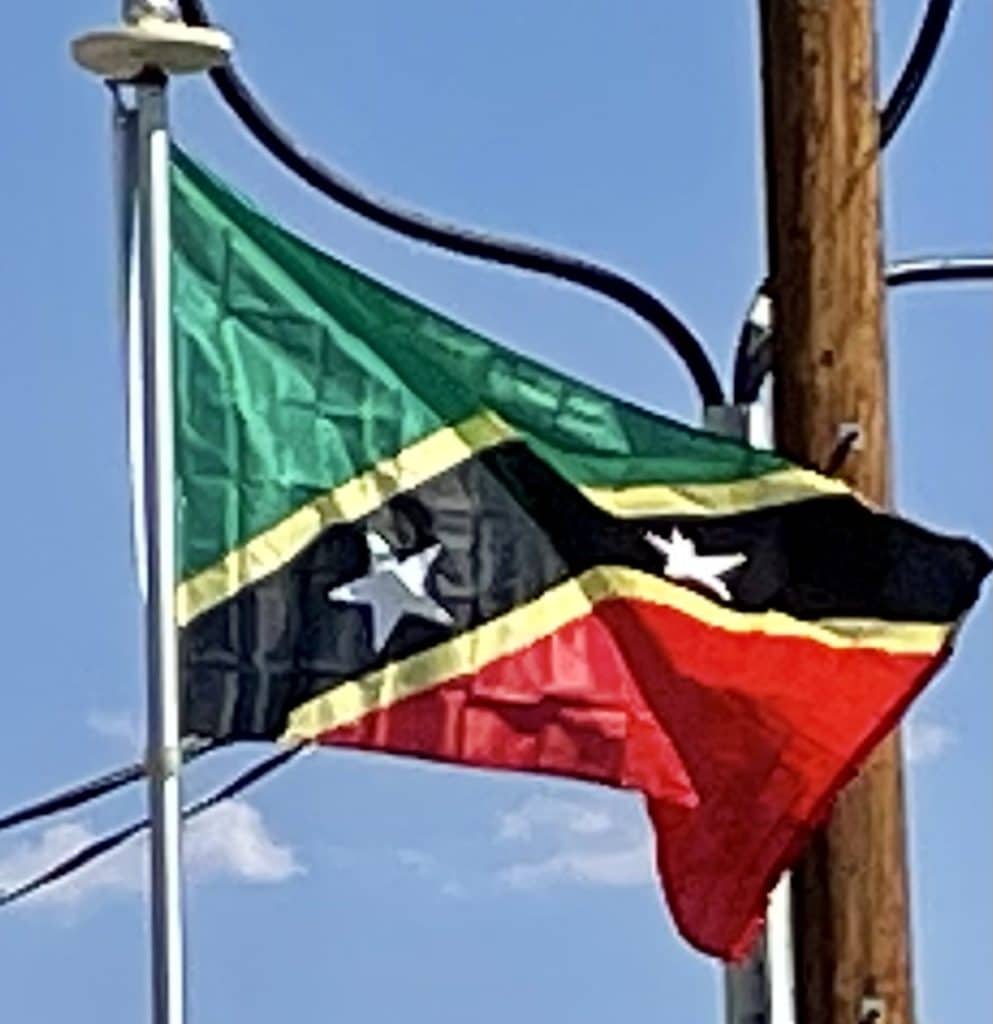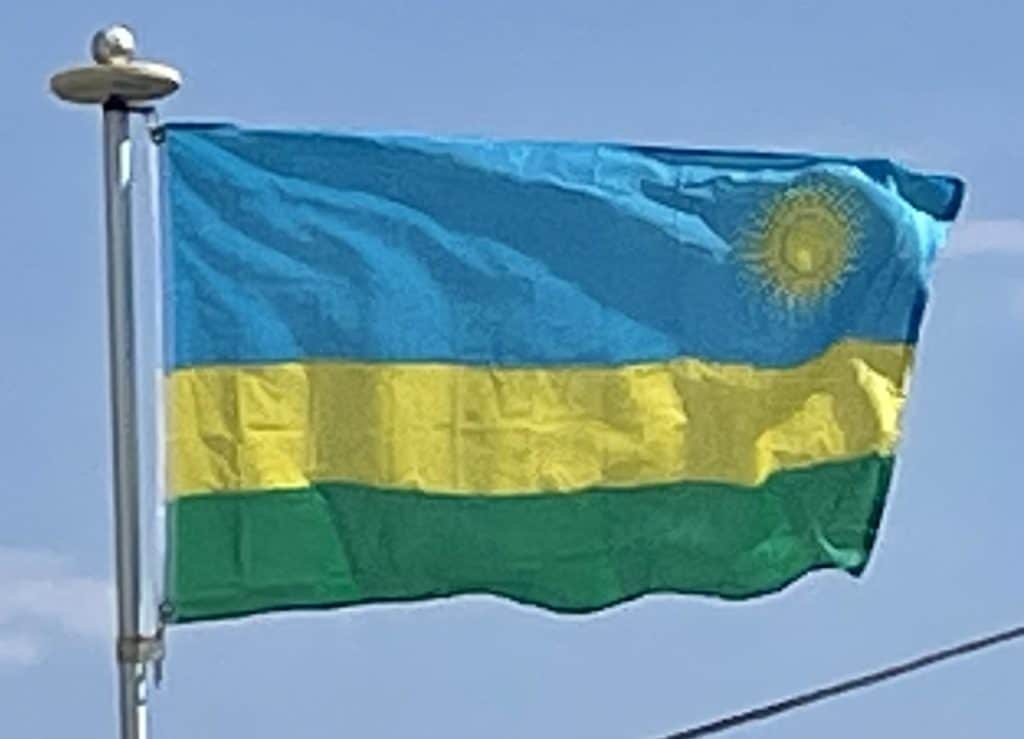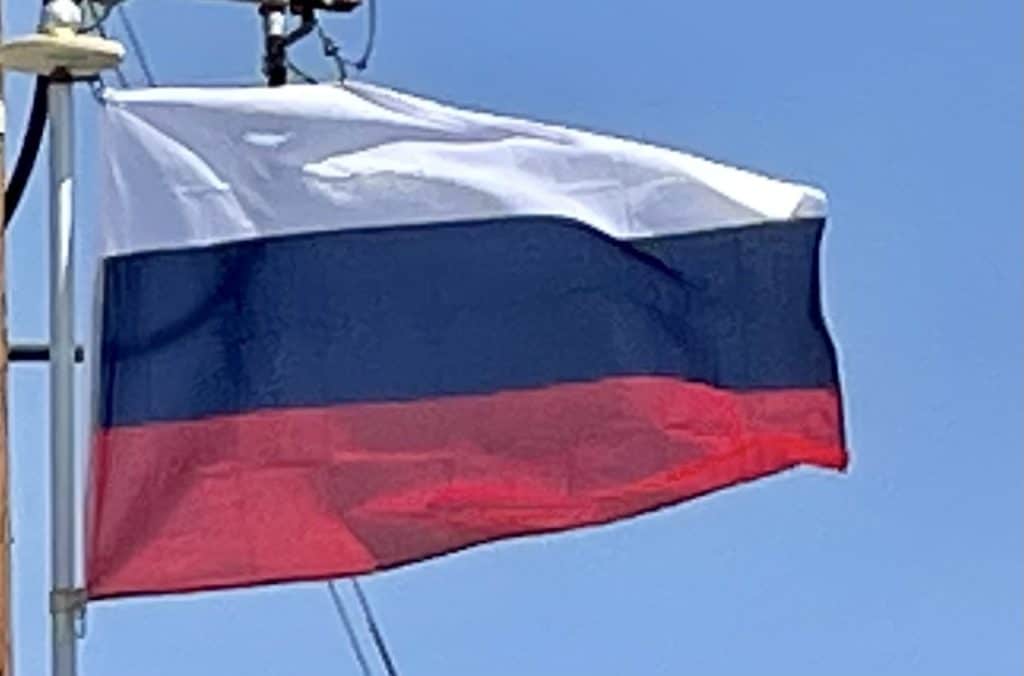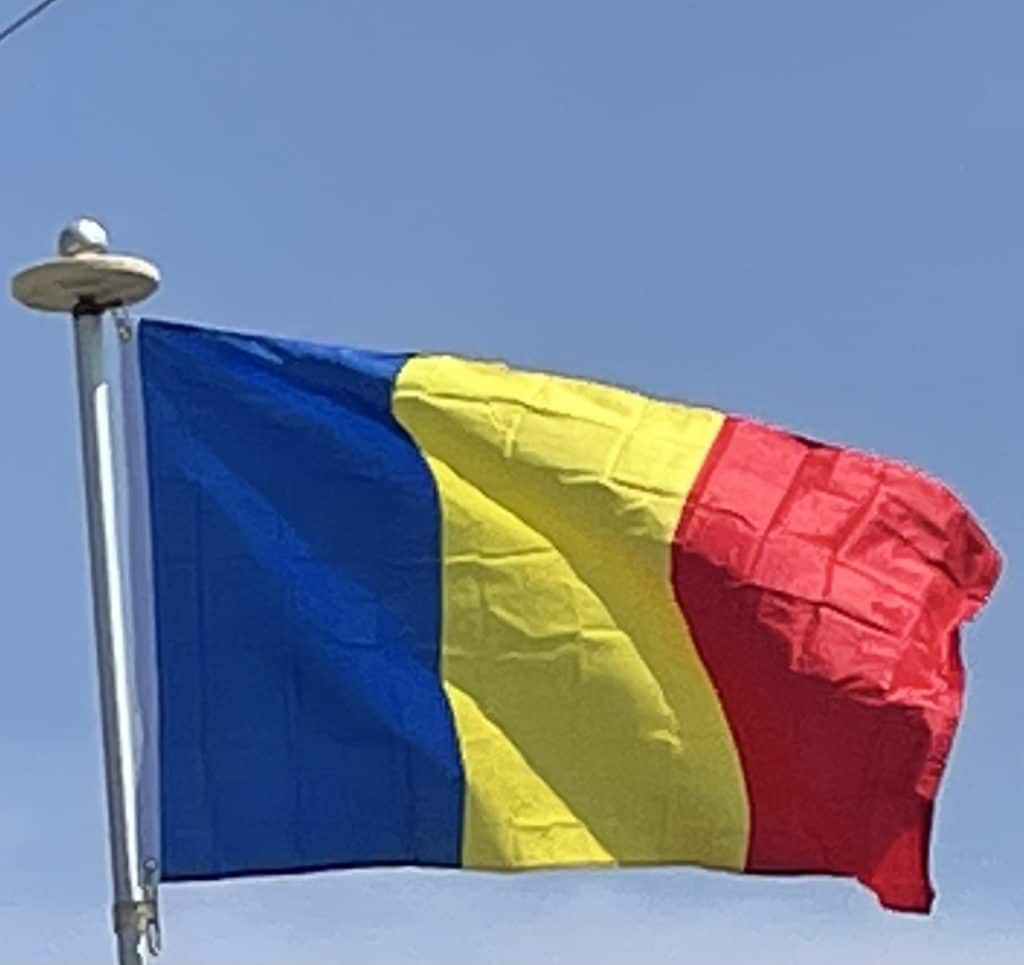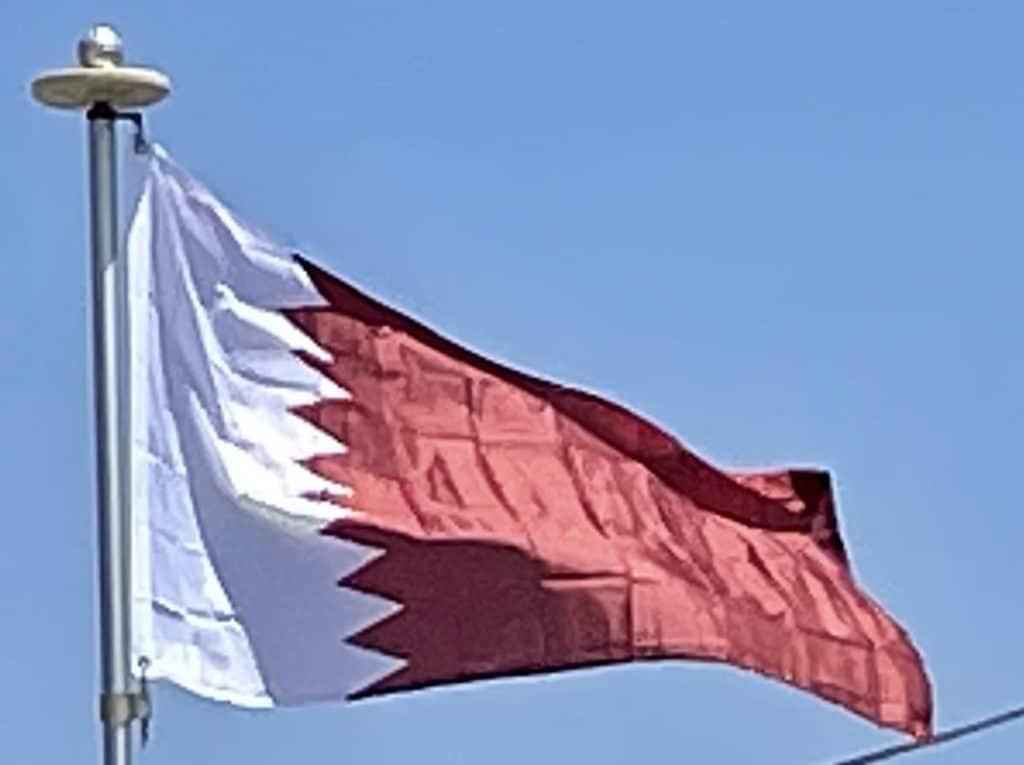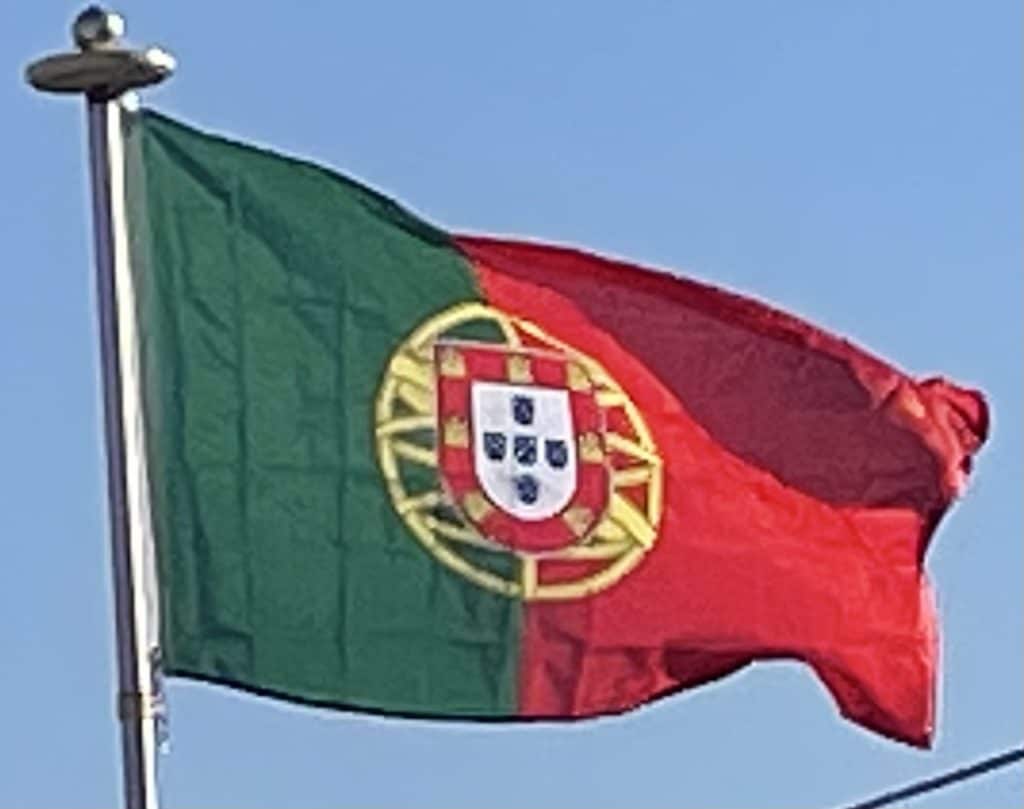Slovakia
The current form of the national flag of the Slovak Republic was adopted by Slovakia’s Constitution, which came into force on 3 September 1992. The flag, like many other flags of Slavic nations, uses Pan-Slavic colors (red, white, and blue). It is defaced with Slovakia’s national arms.
Slovakia’s flag in its current form (but with another coat of arms on it or without any arms) can be dated back to the revolutionary year 1848It was also used semi-officially in Czechoslovakia before World War II, by the Slovak Republic during World War II.
